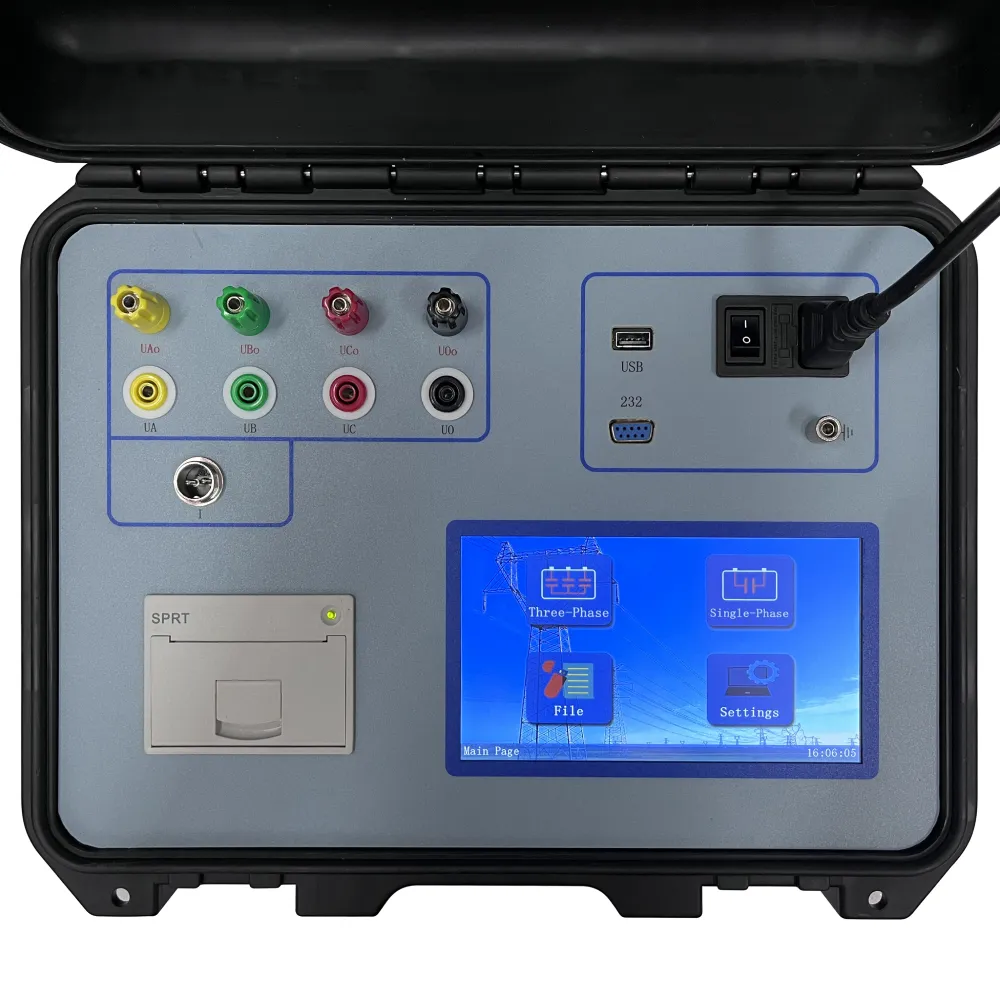 English
English


types of testing of transformer
Types of Testing for Transformers
Transformers are essential components in electrical power systems, serving the critical function of voltage transformation. To ensure their reliable operation and longevity, various types of testing are employed throughout their lifecycle. Testing not only helps in verifying the design and performance characteristics but also assists in identifying potential issues that could lead to failures. Below are some of the primary types of testing performed on transformers.
1. Factory Tests
Before transformers are delivered to the installation site, they undergo a series of factory tests to assess their functionality and compliance with specifications. These tests typically include
- Insulation Resistance Testing Measures the resistance of the insulation system to ensure that it can withstand operational voltages without failure. - Transformer Turns Ratio (TTR) Testing Checks the turns ratio between the primary and secondary windings, which is crucial for ensuring proper voltage transformation. - Power Factor Testing Evaluates the power factor of the insulation, providing insight into its health and condition.
Factory tests are fundamental in confirming that the transformer is built to specifications and can perform safely and effectively.
2. Commissioning Tests
Once a transformer is installed, commissioning tests are conducted to confirm its operational readiness. These tests include
- Secondary Injection Testing Validates the protection scheme by simulating fault conditions and checking the response of protective relays. - Sweep Frequency Response Analysis (SFRA) Assesses mechanical integrity by identifying changes in the frequency response of the transformer, which can indicate winding deformation or other mechanical issues.
Commissioning tests are vital for ensuring that the transformer operates correctly within its intended environment and that all protective measures are functional.
types of testing of transformer

Transformers require regular maintenance to function optimally. Routine maintenance tests include
- Dissolved Gas Analysis (DGA) Monitors the types and quantities of gases dissolved in the transformer oil, helping diagnose potential faults and the health of the insulation system. - Thermal Imaging Detects hot spots in and around the transformer, identifying areas of excessive heat that could signify issues with connections or internal components.
These tests help detect problems early, potentially preventing accidents and prolonging the lifespan of the transformer.
4. Periodic and Diagnostic Testing
Every few years, transformers should undergo periodic diagnostics to assess their overall condition. This may include advanced techniques like
- Partial Discharge Testing Evaluates the insulation quality by detecting partial discharges that occur in the insulation system. - Circuit Breaker Analysis Ensures that the circuit breakers associated with transformers are functioning properly, as they are critical for protecting transformers from faults.
Periodic testing not only aids in understanding the aging of the equipment but also ensures compliance with updated safety regulations and operational standards.
Conclusion
Comprehensive testing of transformers is essential for ensuring their reliability and efficiency in electrical systems. By employing a combination of factory tests, commissioning tests, routine maintenance tests, and periodic diagnostics, operators can effectively manage the health of transformers and avoid costly failures. Regular and thorough testing practices contribute to the safe and efficient operation of electrical power delivery systems.
-
Differences between open cup flash point tester and closed cup flash point testerNewsOct.31,2024
-
The Reliable Load Tap ChangerNewsOct.23,2024
-
The Essential Guide to Hipot TestersNewsOct.23,2024
-
The Digital Insulation TesterNewsOct.23,2024
-
The Best Earth Loop Impedance Tester for SaleNewsOct.23,2024
-
Tan Delta Tester--The Essential Tool for Electrical Insulation TestingNewsOct.23,2024





